For Sale
The following items are listed by for sale by users of the site and dealers. They are in no way endorsed or guaranteed by www.oldswords.com
Add a Classified ItemYou can also receive regular email notifcations when items match your keywords. To recieve them just register or logon at the top right of this page.
- Nation : Italian
- Local Price : Price on request
- Nation : German
- Local Price : Price on request
- Nation : Hungarian
- Local Price : Price on request
- Nation : Spanish
- Local Price : Price on request
- Nation : British
- Local Price : Price on request
- Nation : German
- Local Price : Price on request
- Nation : Spanish
- Local Price : Price on request
- Nation : Spanish
- Local Price : Price on request
- Nation : Russian
- Local Price : £0.00
- Nation : Russian
- Local Price : £0.00
- Nation : Russian
- Local Price : £0.00
- Nation : Russian
- Local Price : £0.00
- Nation : British
- Local Price : £0.00
- Nation : British
- Local Price : £0.00
- Nation : Japanese
- Local Price : £0.00
- Nation : Russian
- Local Price : £0.00
- Nation : Russian
- Local Price : £0.00
- Nation : Indian
- Local Price : £0.00
- Nation : British
- Local Price : £0.00
- Nation : British
- Local Price : £0.00


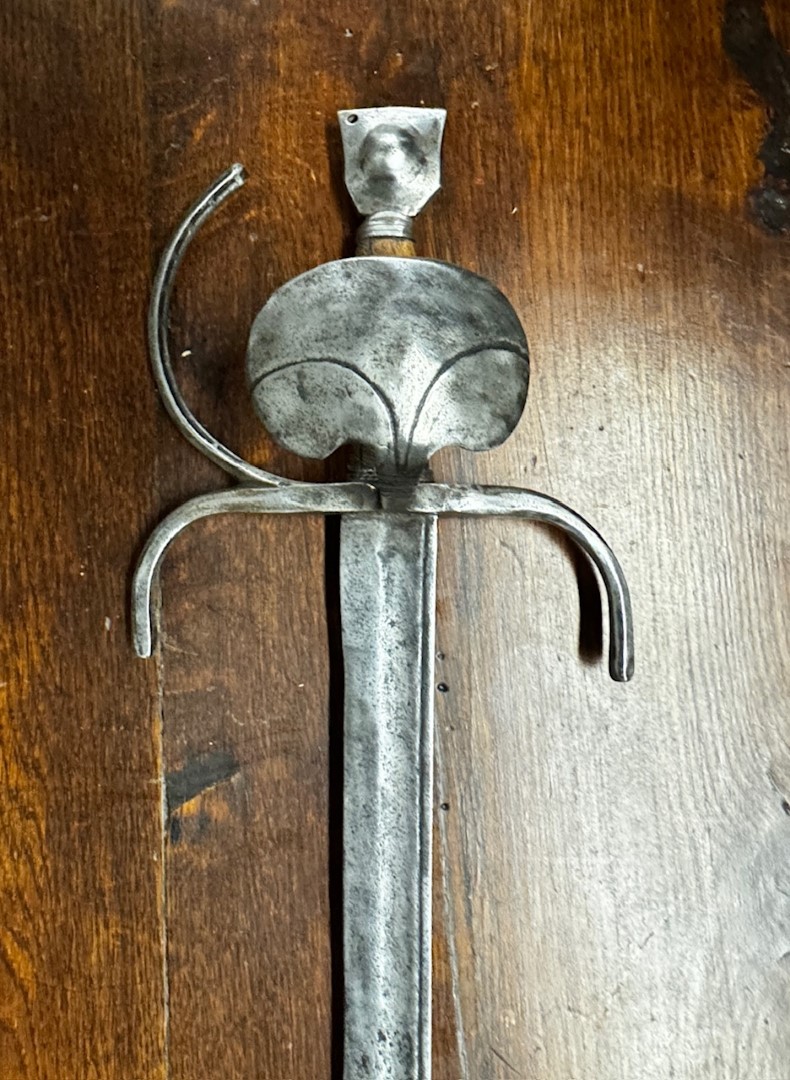
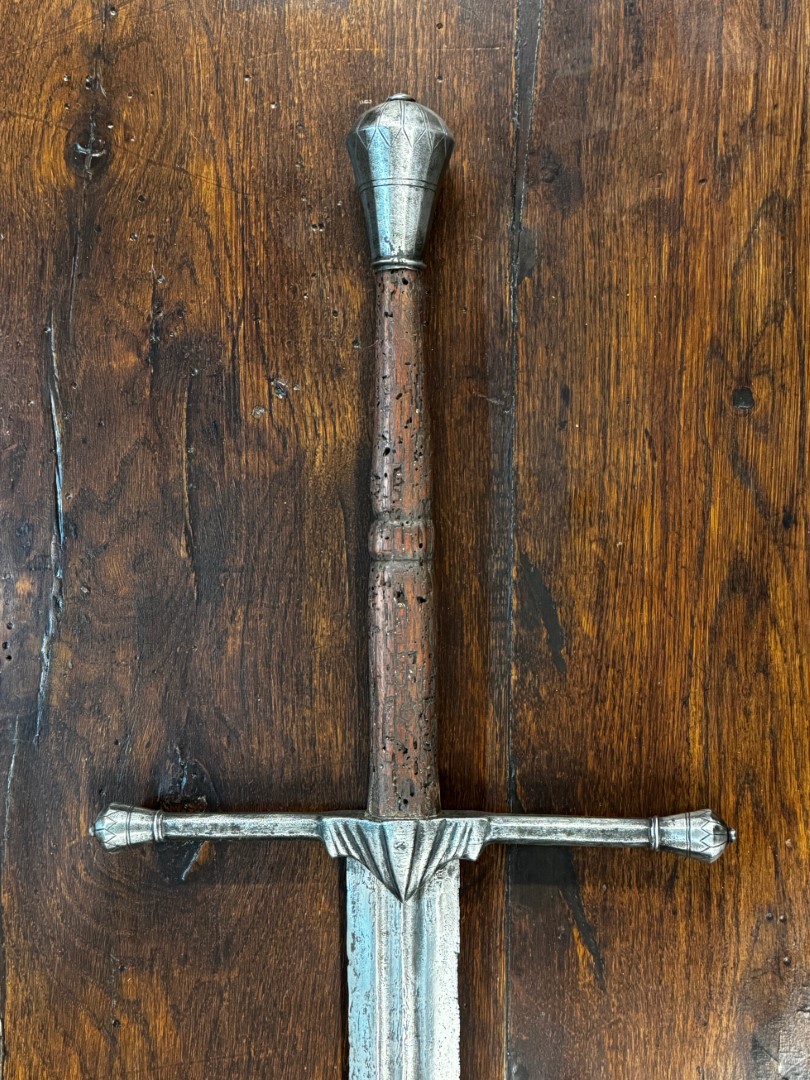

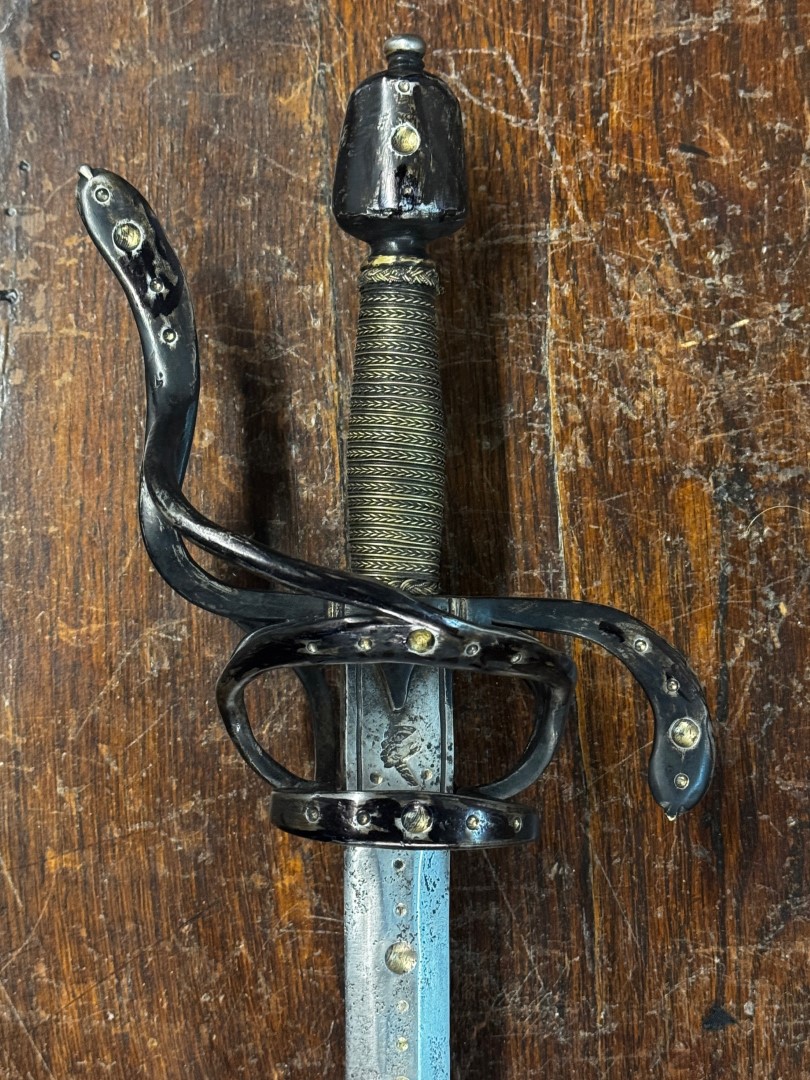
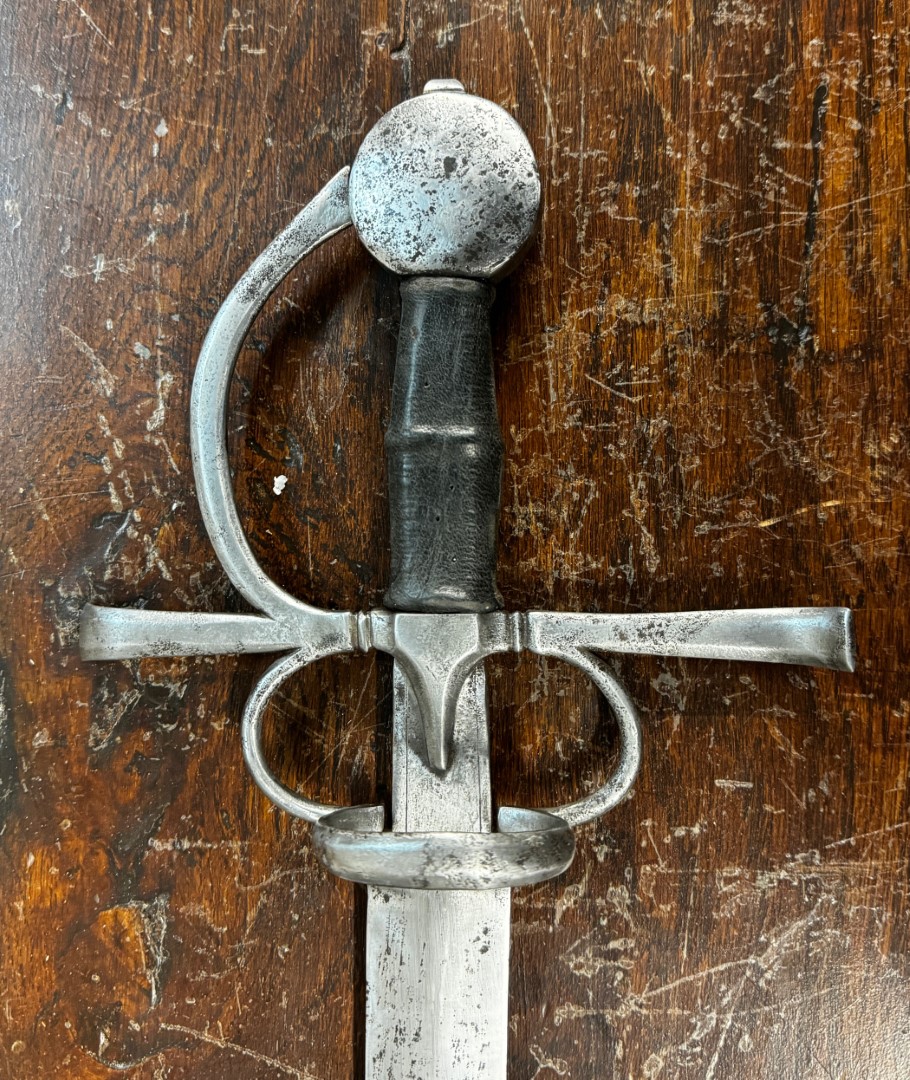

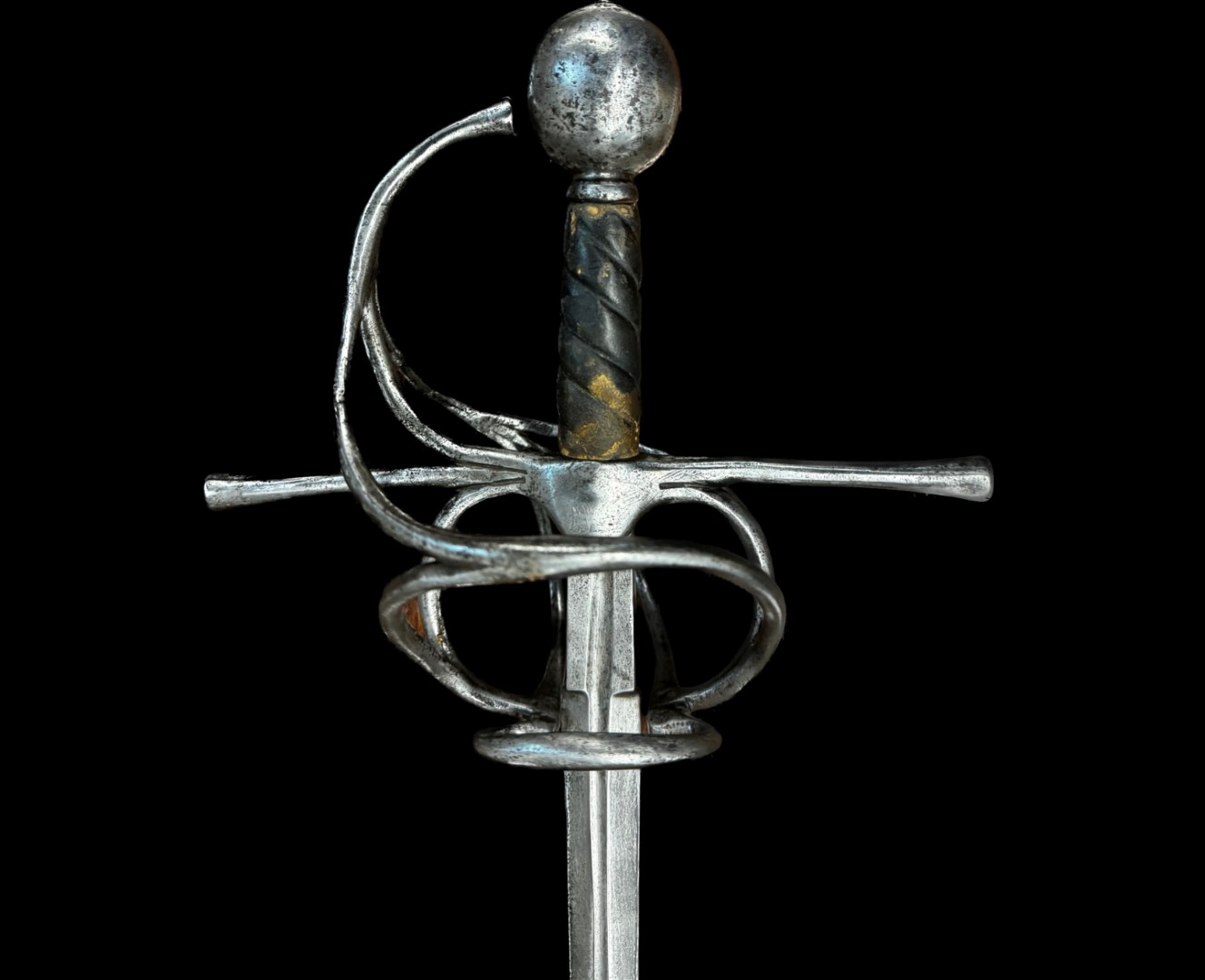
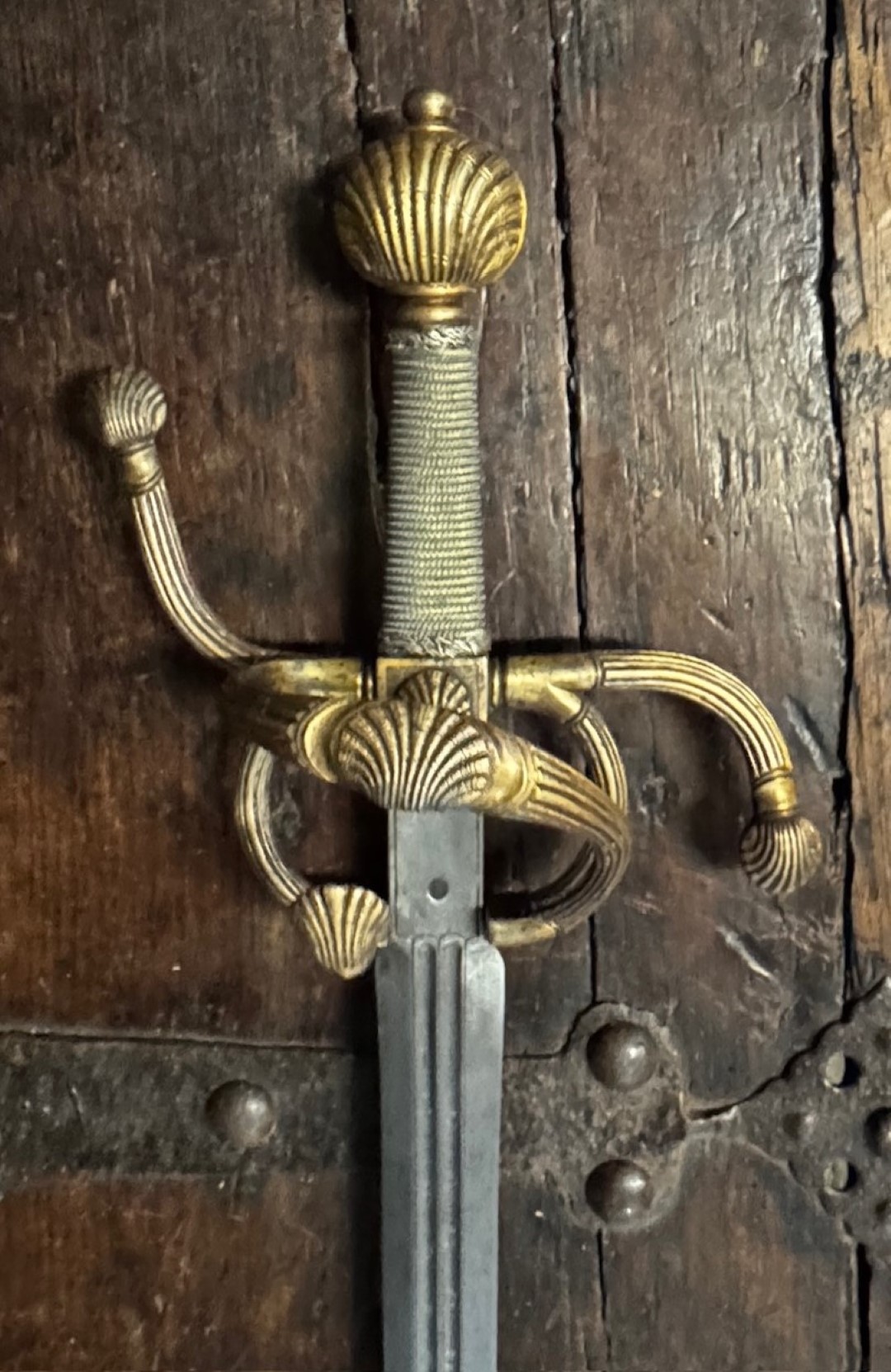
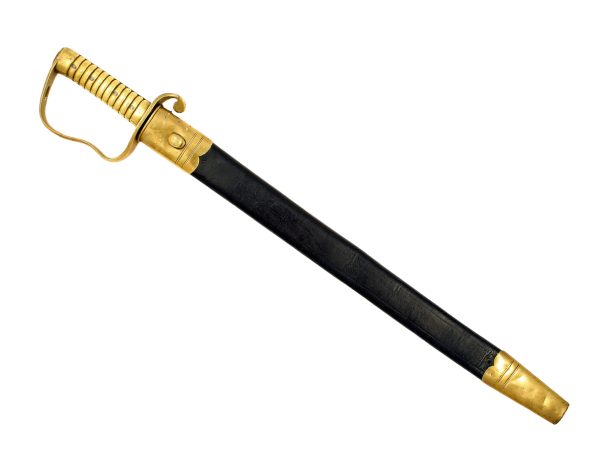
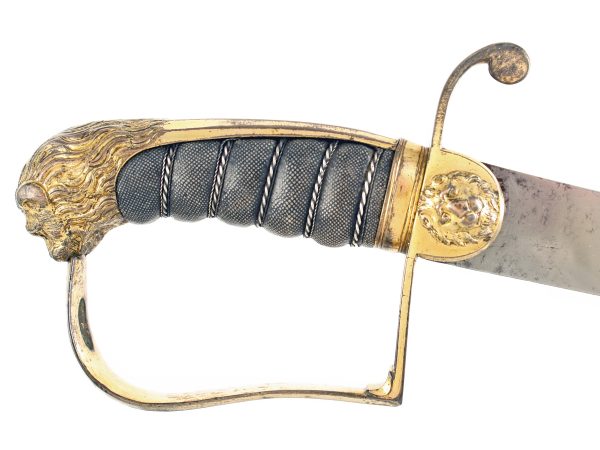
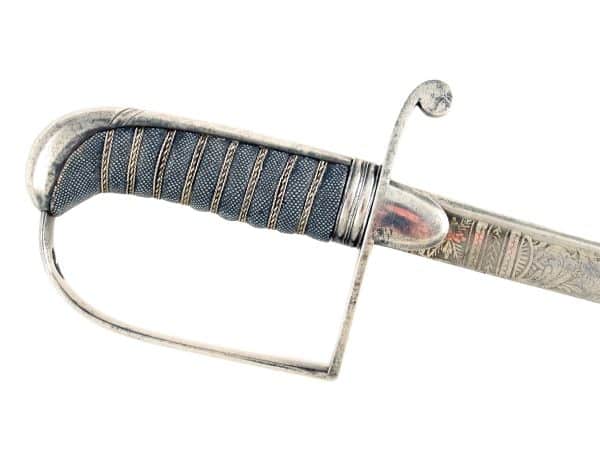
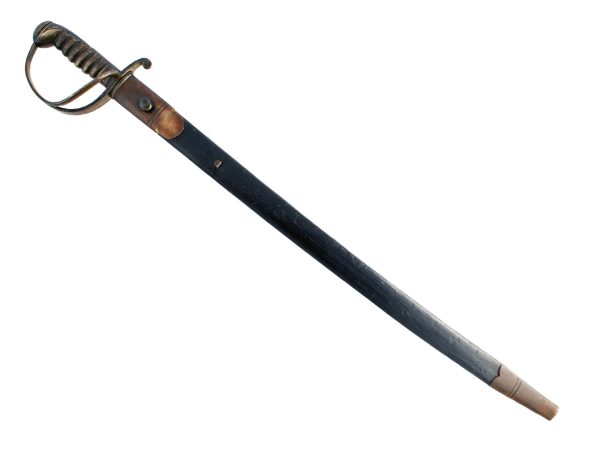
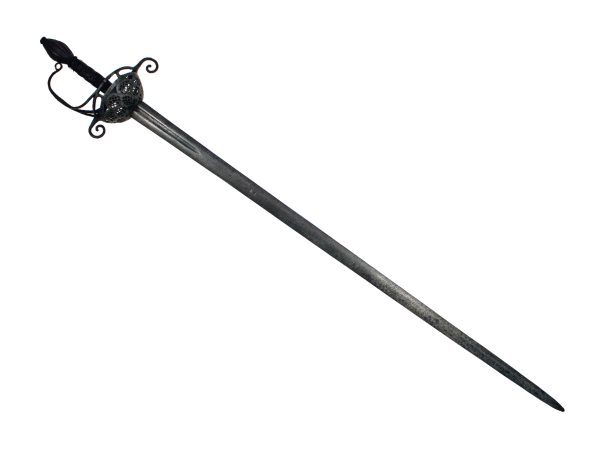
.jpg)
.jpg)

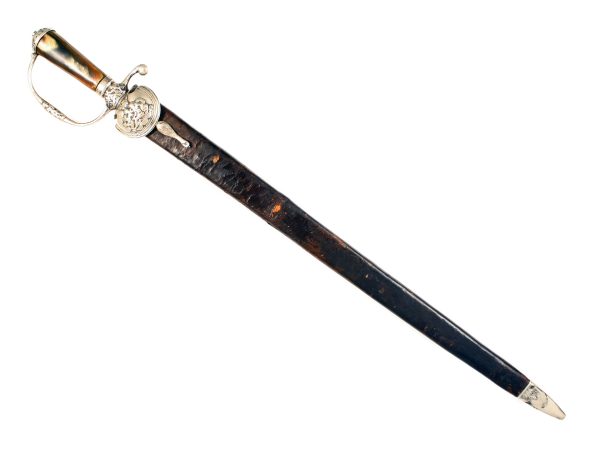
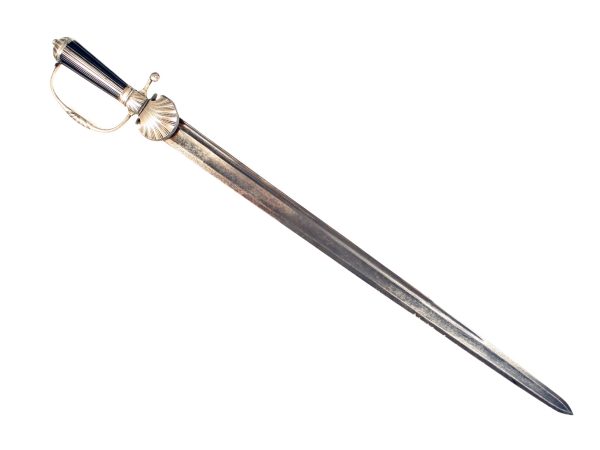
.jpg)

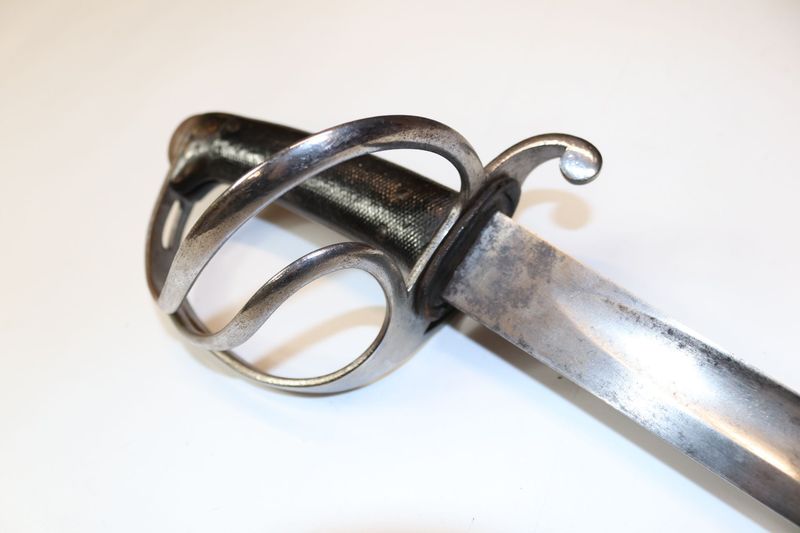

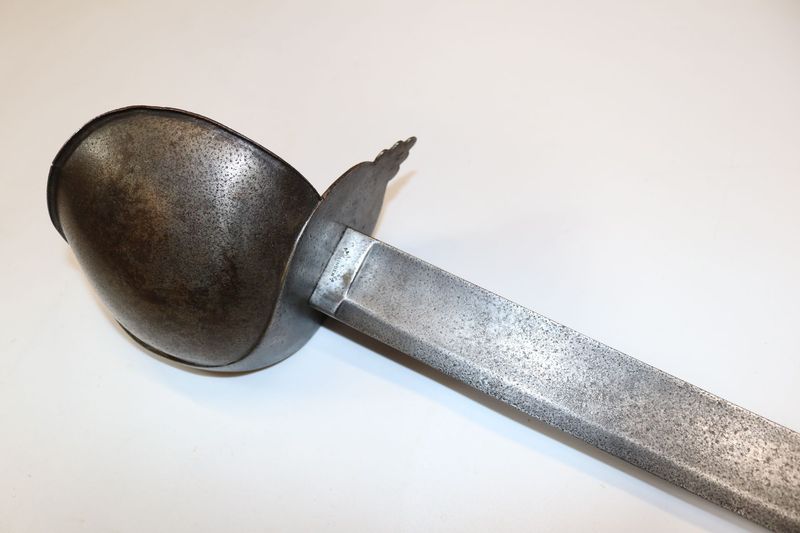
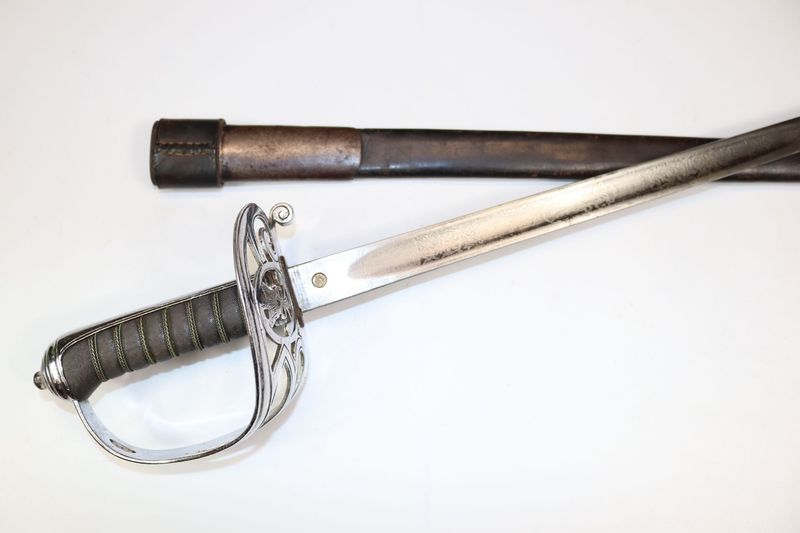

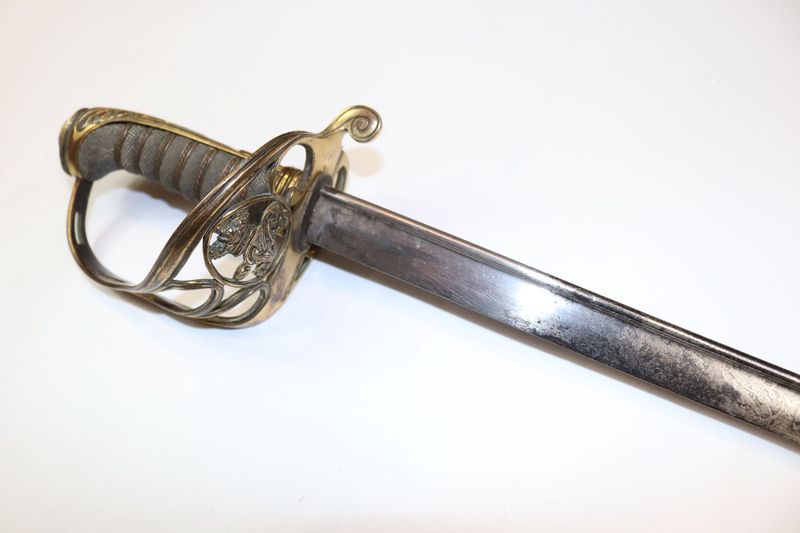
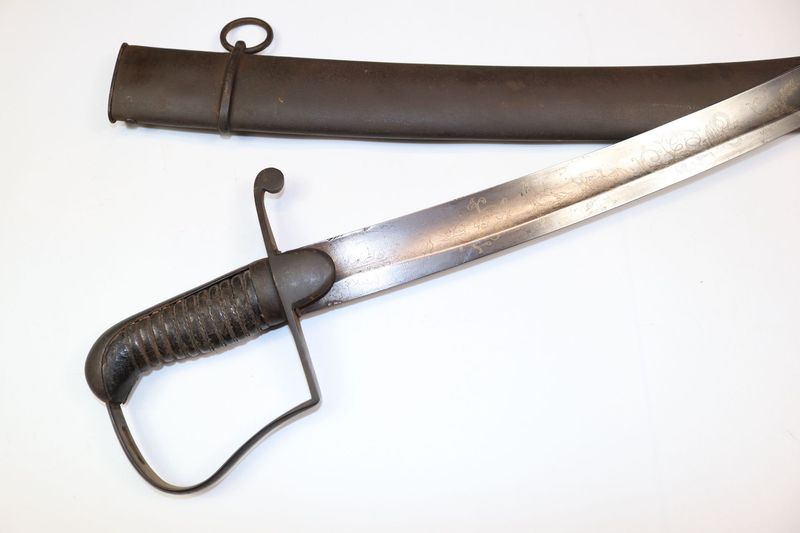
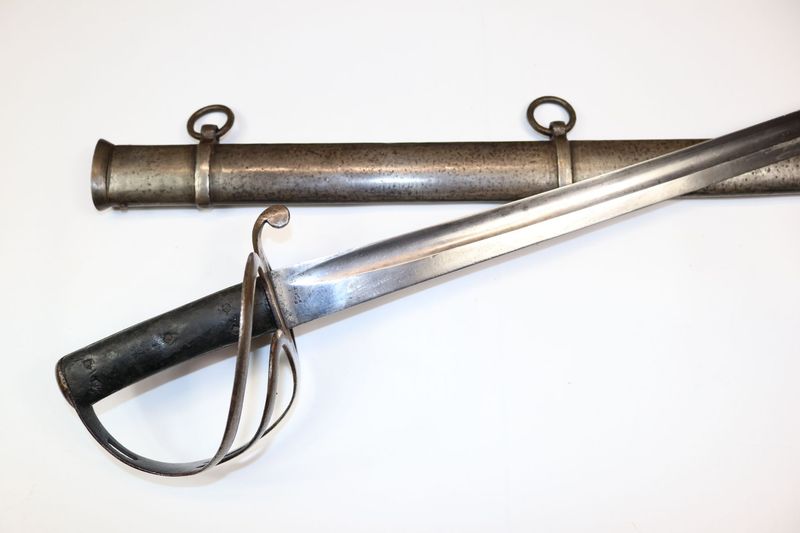
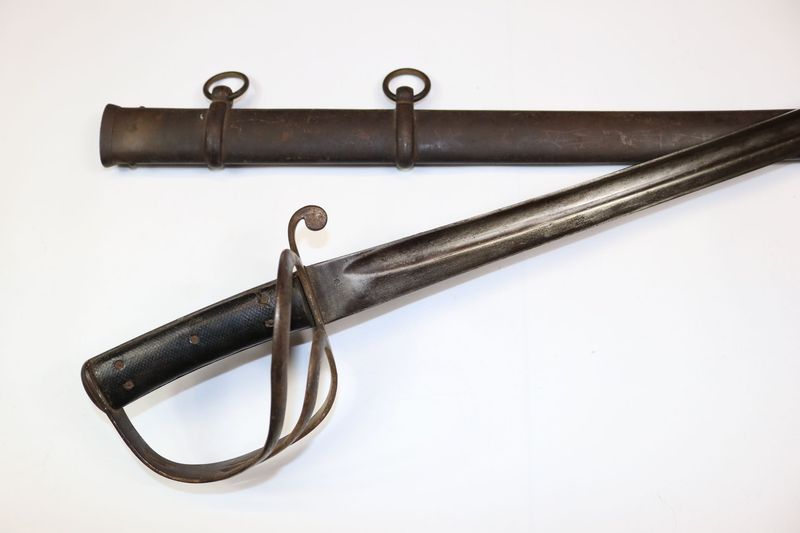

.jpg)
